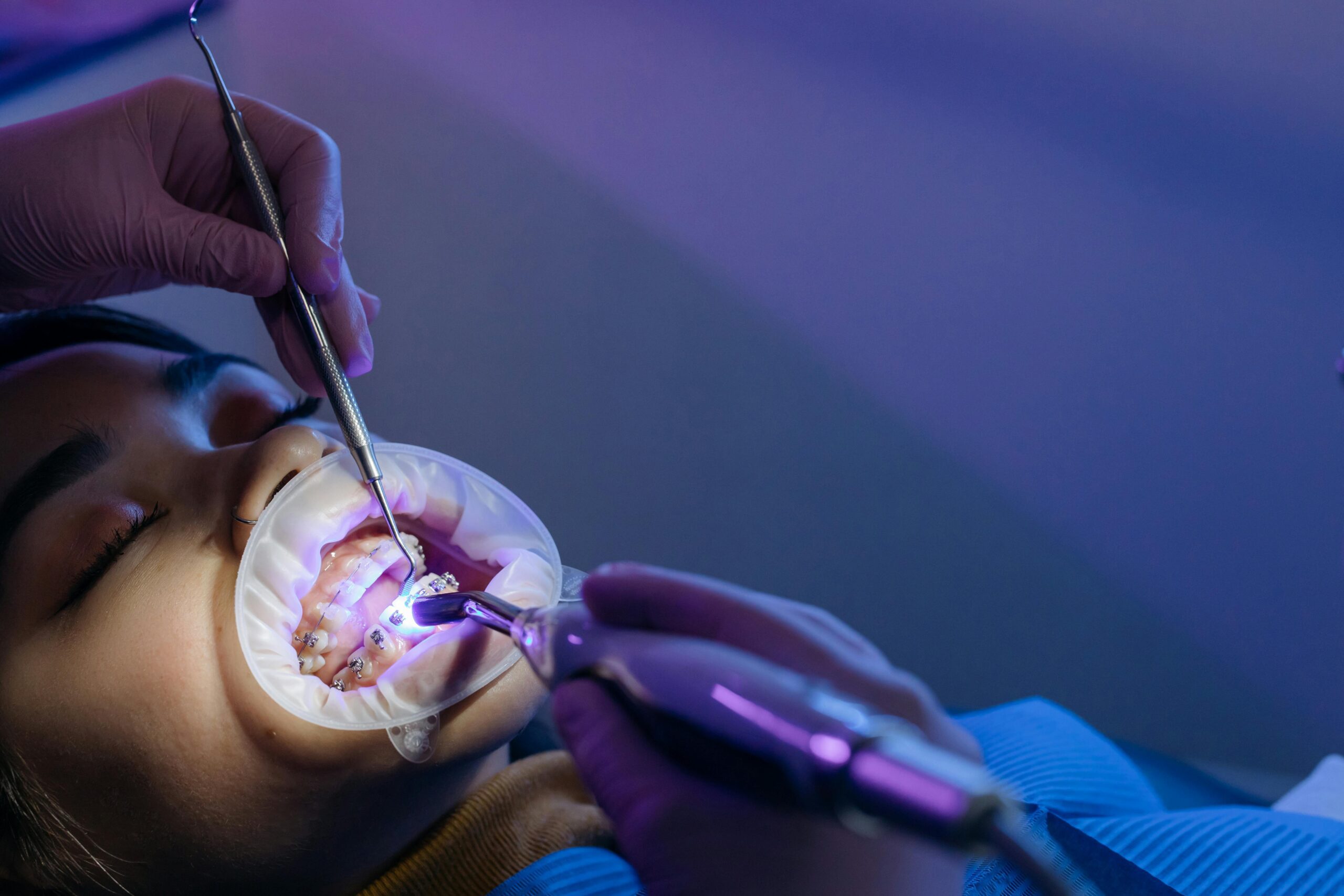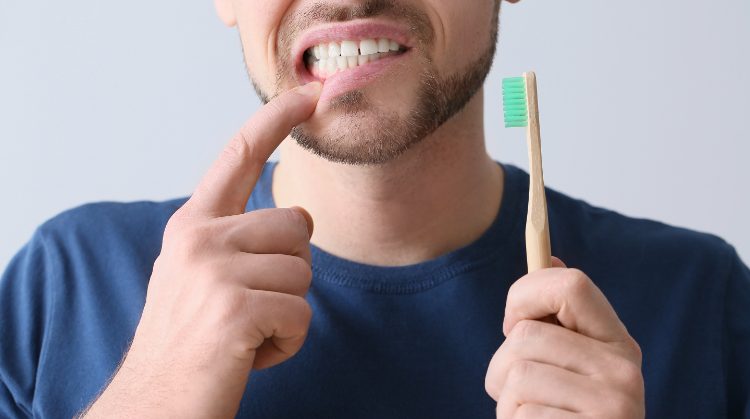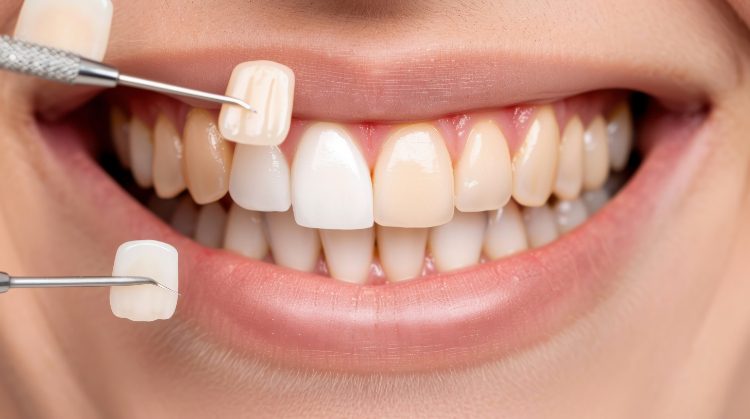For many people, braces represent a significant investment—not just in oral health but in confidence and aesthetics. While they’re often associated with adolescence, braces are increasingly common among adults seeking to correct dental issues. But have you ever stopped to wonder: How do braces work? The answer lies in a fascinating blend of biology, physics, and precision engineering.
The Purpose of Braces: More Than Just Aesthetics
Braces are commonly thought of as cosmetic tools to straighten teeth, but their purpose goes much deeper. Misaligned teeth, also known as malocclusion, can lead to various oral health issues. These include difficulty chewing, speech problems, jaw pain, tooth wear, and even periodontal disease due to areas being harder to clean. By aligning the teeth and correcting bite issues, braces contribute to long-term dental health, not just an attractive smile.
The Components of Braces: Tiny Tools with Big Roles
Understanding how braces work starts with recognizing their main components. Traditional braces consist of brackets, archwires, bands, and sometimes elastics. Brackets are small metal or ceramic squares that are bonded to the front of each tooth. The archwire is a thin metal wire threaded through each bracket and acts as the main force system, applying pressure to the teeth. Bands may wrap around molars to secure the archwire, while rubber bands or coil springs help adjust jaw alignment or spacing between teeth.
These components might look small and simple, but together they create a complex system that gradually moves your teeth into alignment over time.
The Mechanism: Pressure, Bone Remodeling, and Time
Braces work by applying continuous pressure over a long period of time. This pressure stimulates a biological process called “bone remodeling.” Here’s how it happens: the archwire exerts force on a tooth, pushing it in a specific direction. In response, the bone on one side of the tooth breaks down (a process known as resorption), while new bone builds up on the opposite side to fill in the gap (deposition). This combination allows the tooth to move without becoming loose.
Orthodontists adjust the tension in your braces periodically to maintain controlled pressure and guide each tooth to its proper position. Over time—usually between 18 to 36 months—the teeth move into optimal alignment.
Types of Braces and How They Differ
There’s more than one type of braces, and although the core principle remains the same (gradual application of pressure), the method varies. Traditional metal braces are the most visible and robust, suitable for even severe cases of malocclusion. Ceramic braces work similarly but use tooth-colored or clear materials for a less noticeable appearance.
Lingual braces are attached behind the teeth, hidden from view, but can be more challenging to clean and adjust. Then there are clear aligners like Invisalign, which use a series of removable trays rather than brackets and wires. While aligners apply pressure differently, they also rely on the bone remodeling process to shift teeth.
Each system has pros and cons, but they all operate based on the fundamental orthodontic principle: sustained force results in tooth movement.
Life with Braces: What to Expect
Wearing braces is not without its challenges. You may experience discomfort, especially after adjustments. There are also dietary restrictions, particularly with sticky or hard foods that can damage wires or brackets. Oral hygiene becomes even more critical, as food particles can easily get trapped around the hardware, increasing the risk of cavities and gum disease.
However, the short-term inconveniences pale in comparison to the long-term benefits. Post-treatment, many patients enjoy a balanced bite, improved speech, and enhanced self-esteem—making the journey well worth the effort.
Conclusion
Braces are a marvel of modern dentistry—combining biology, physics, and craftsmanship to deliver not only aesthetic improvements but lifelong oral health benefits. Whether you’re considering braces for yourself or a loved one, understanding how they work empowers you to make informed decisions and appreciate the incredible journey toward a healthier, straighter smile.
FAQs About How Braces Work
1. How long do braces take to work?
Treatment time varies depending on the severity of the issue, but most patients wear braces for 18 to 36 months.
2. Do braces hurt?
You may feel pressure or soreness after initial placement or adjustments, but the discomfort is usually mild and temporary.
3. Can adults get braces too?
Absolutely. Braces are effective for people of all ages, although treatment may take longer in adults due to denser bone structure.
4. How often do you need to get braces adjusted?
Most orthodontists schedule adjustments every 4 to 8 weeks to ensure controlled movement and monitor progress.5. What happens after braces come off?
You’ll likely need to wear a retainer to maintain your new tooth alignment and prevent shifting.




